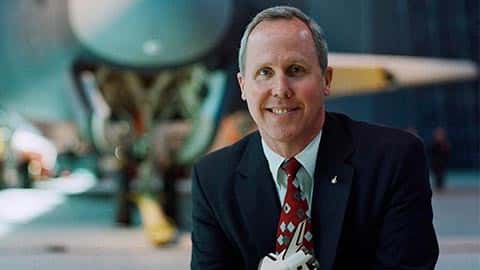
2020 Asteroid Day LIVE – Target Asteroid: How to Move an Incoming Space Rock
2020 Asteroid Day LIVE – Target Asteroid: How to Move an Incoming Space Rock https://asteroidday-uploads.s3.eu-central-1.amazonaws.com/wp-content/uploads/2020/06/21165842/High-Res-Tempel-1-Deep-Impact-1.jpg 450 450 Asteroid Day https://asteroidday-uploads.s3.eu-central-1.amazonaws.com/wp-content/uploads/2020/06/21165842/High-Res-Tempel-1-Deep-Impact-1.jpg
In December 1694, the Royal Society in London convened what was essentially a secret meeting. Astronomer Edmund Halley was the speaker and, on the promise that what he said would not be communicated to a wider audience, he spoke of his findings that comets could potentially collide with the Earth. He even wondered if such events were the cause of the disasters written about in the Bible.
Halley had been studying the orbits of comets and realised that sometimes they crossed Earth’s path, raising the possibility of collisions. We now know of more than a million asteroids, a small fraction of which also cross Earth’s orbit.
We also know that occasionally the Earth can be in the wrong place at the wrong time and take a hit.
This happened in the remote Tunguska region of Siberia on 30 June 1908 when a small asteroid somewhere between 50-190 metres across exploded in our atmosphere. It devastated a region of forest that was equivalent in size to that of a large city.
In this panel, experts will discuss the preparation and research that is going into ways of preventing a new strike. In particular, the panel focuses on NASA’s Double Asteroid Redirection Test (DART) mission and ESA’s follow-up Hera mission.

A few years later, ESA’s Hera mission will come in to map the resulting impact crater and measure the asteroid’s mass. It will also launch two cubesats that will carry out crucial scientific studies before touching down on Didymoon’s surface. Together with support from ground-based observatories, this joint mission will begin to turn asteroid deflection from a theory into an empirically tested planetary defence technique.

Fireballs Reported by US Government Sensors

Tom Jones
NASA Astronaut

Hannah Goldberg
Senior Systems Engineer, GomSpace

Michèle Lavagna
Prof. Flight Dynamics, Politecnico Di Milano

Marco Fuchs
Owner and CEO of OHB


